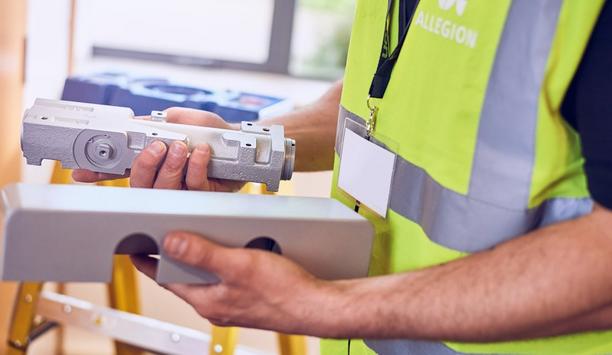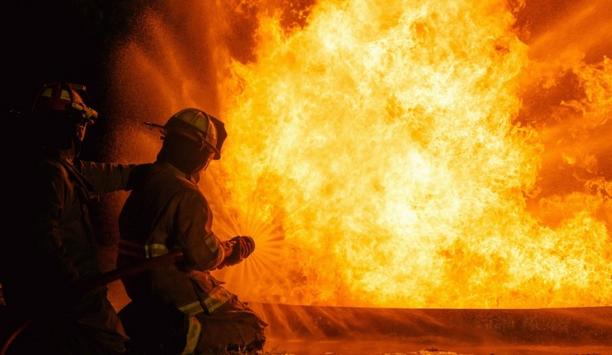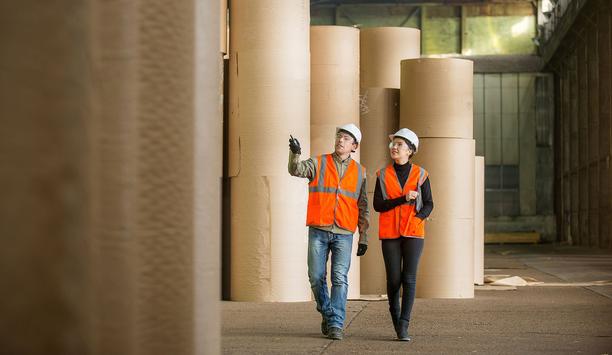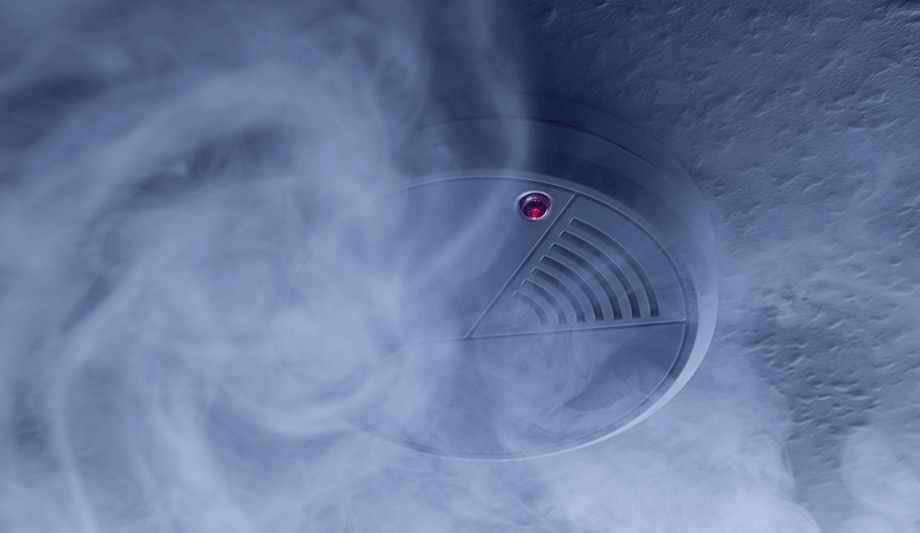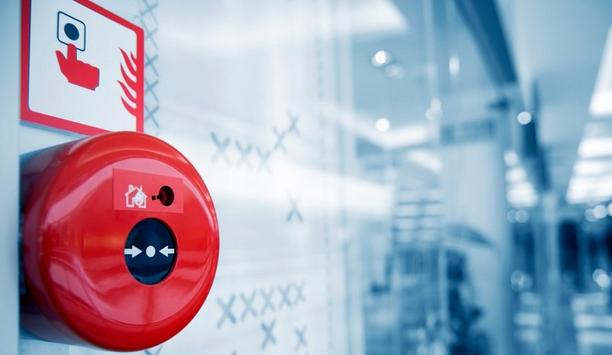In September 2024, the UK government announced an extension for the recognition of CE marking on construction products in Great Britain.
The sudden change was described as part of a wider strategy to enhance building and fire safety, though, in effectively reversing the previous decision to phase out CE marking, how can the industry ensure it’s moving forward and not simply turning back?
Active and passive fire systems
Building regulations are paramount in maintaining safety throughout a structure's lifecycle
Building regulations are paramount in maintaining safety throughout a structure's lifecycle and with fire safety specifically, rigorous product testing is needed to ensure both active and passive fire systems perform appropriately in the event of a fire.
For decades, regulations have developed to form a minimum testing standard and while change can often suggest steady progress, the first amendment to Approved Document B has demonstrated a considerable shift in the fire safety landscape.
Classification of fire doors
The latest legislation revision also confirmed that from September 2029, the National system for the classification of fire doors will no longer be accepted as a method of demonstrating compliance with UK building regulations.
And so, as many began preparing for the UK’s UKCA marking to replace the EU’s CE mark - alongside the UK’s current approach to door hardware testing - this update now demands regulatory, technical and commercial input, and brings with it a level of uncertainty that must soon be resolved.
 |
| National system for the classification of fire doors will no longer be accepted. |
Fire safety standards
Daniel May of Consort Architectural Hardware, says, "Following the events of the Grenfell Tower disaster, fire safety legislation has progressed with purpose, forcing players throughout the supply chain to step up or be thrown overboard under a sea of non-compliance."
He adds, "With Dame Judith Hackitt’s Report, an emphasis on raising fire safety standards has been a much needed focus for the construction industry, but with the latest legislation U-turn, there are some questions being raised."
Long-term future of CE and UKCA marking
Daniel May continues: "The recent pivot by the UK government to extend recognition of CE marking seems a pragmatic move but adds another layer of complexity and confusion. CE marking will continue to be accepted beyond the 30th of June 2025, as the government explores the long-term future of CE and UKCA marking as part of its ‘system-wide reform’ of construction products."
He further states, "Though the extension of CE marking may ease the compliance burden for some, it effectively sidelines UKCA for many product categories, and for those who followed the rules, there is perhaps a sense of betrayal. How can we be sure the industry may not need to revert back in future?"
Fire doors and their hardware
Daniel May added: "Further questions are being raised regarding the end of a long period of dual specification in favor for European testing standards too. For fire doors and their hardware specifically, the UK has been following a dual approach to performance classification, with both British Standard 476: 22 (BS 476) and EN 1634-1 used concurrently to certify the standards of products."
He continues, "Although each assessment method is designed to grade doorsets between FD30 and FD240, navigating the UK’s dual regulatory environment can be operationally complex and there may be clear advantages to changing the system, with EN 1634-1 considered a more rigorous testing method and a harmonized approach."
Integrity of fire safety
Daniel May further states: "With that said, the removal of BS 476 is one of the most substantial changes the industry has faced in decades. The theory behind the recommendation may supersede the reality of its implementation, with concerns being voiced about the level of investment and time required to successfully transition to the European classification system."
He adds, "From a capacity viewpoint, if there is not a sufficient level of testing authority within the UK to cope with the potential demand, we face risking the consistency of hardware products as a result of testing backlogs, corner cutting and project delays. To retain the integrity of fire safety across our built environment, further collaboration and clarity is needed."
Avoiding the cost of confusion
In what may be a period of transition, there must remain one constant focus throughout. Fire doors and their hardware must be tested to the relevant standards for fire resistance, with manufacturers and duty holders being able to show test data evidence at every step of a building’s lifecycle - whether that be at the specification stage, installation or once installed.
 |
| Fire doors and their hardware must be tested to the relevant standards for fire resistance. |
How CE and UKCA can coexist in both short and long-term
Daniel May continues: "Amidst any conflicting signals and re-testing bottlenecks, stakeholders are urged to consider the big picture - ensuring fire safety is approached at the highest level as we look to protect buildings and their occupants."
He states, "To continue making progress in this direction, there must be a clear understanding on testing standards, examining how CE and UKCA can coexist in both the short and long term and how UK testing bodies may be supported as they move to EN 1634-1."
Fire safety compliance
Daniel May concluded: "At this stage, there is no requirement to replace existing fire doors and hardware that comply with the BS 476 standard."
He adds, "Though, as the industry prepares for the changes ahead, the supply chain must also remain reliable in its approach to product testing and information accessibility and transparency. When it comes to fire safety compliance, it’s now more important than ever to pursue stability and in doing so, decision makers must collaborate with manufacturers that they can trust."










